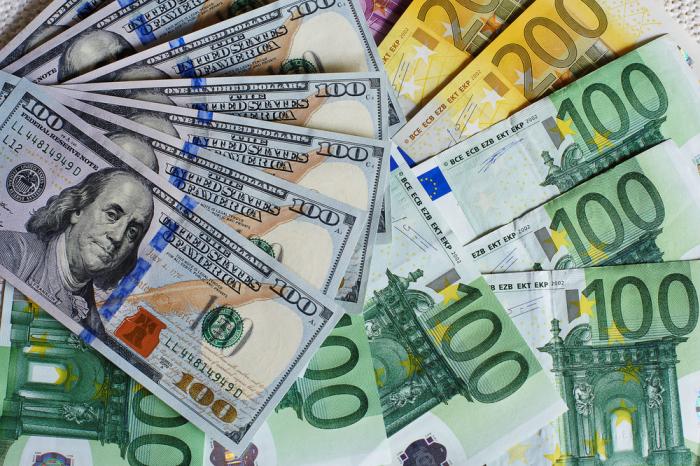
A weaker dollar? Don’t count on it. Look for the buck to appreciate against foreign currencies, especially theeuro. Demand for the dollar is always robust.
The dollar’s exchange rate is just another market price. It freely adjusts to buyers’ and sellers’ expectations about conditions here and abroad. The euro has climbed from 86 cents in January to parity this summer and now hovers around 98 cents. The yen also has improved, moving from 134 yen to the dollar then to 124 now.
Some people say the Bush Administration should abandon its “hands off” policy and intervene in foreign exchange markets to push the dollar down further, by around 10% to 20%. C. Fred Bergsten, director of the Institute for International Economics, and other Washington cognoscenti want this U.S. intervention so our goods will be more affordable abroad. And imports will be more expensive. This would serve to boost U.S. manufacturing exports and the domestic economy. Yet the chief reason they campaign for a measured U.S. buck-weakening program is to “correct” our growing external deficit and avoid a dollar crash and financial market chaos.
The cognoscenti fear a dizzying dollar slide when they see the wide U.S. current account deficit—the difference between the value of the goods and services the U.S. sells abroad and what the U.S. purchases from foreigners. (The trade deficit, which you also hear about, focuses on just the goods.) This year the current account deficit will hit $480 billion, or 4.6% of GDP. Roughly 67% of the U.S. deficit is with Asian countries, 16.5% with western European countries and 15.3% with Canada and Mexico. Luckily the U.S. can cover this gap because it attracts vast amounts of overseas investments in our stocks and bonds. If that money goes away, the worriers warn, the dollar crashes.
Well, no Washington intervention is going to happen. First, Treasury Secretary Paul O’Neill is steadfast in opposing such a move. Second, we don’t need one. The dollar is going to strengthen on its own, so why get all excited?
I know, I know, the dollar has been weakening this year. Last summer experts were expecting the euro, then at a buck even, to go to $1.10 by year-end, but the euro has had a tough time returning to even last summer’s level.
It turns out that the U.S. current account deficit has been easier to finance than pessimists think. During 2002’s first half the current account deficit was $242 billion. In addition to that, there was a net outflow from the U.S. of $42 billion to purchase foreign businesses. These outflows were offset in large part by the healthy $167 billion that foreigners spent to purchase our stocks and bonds. They also held on to greenbacks, stashing them in dollar bank accounts. For example, Chinese businesses have been accumulating dollar deposits at a rate of $1.2 billion per month this year. Foreign central banks financed the remainder of our external deficit by also piling up dollar reserves.
Asian central banks in particular have been aggressive collectors of dollar reserves. That’s important with Asia accounting for the largest share of the U.S. deficit. The Asian central banks have already added $76 billion in dollars to their war chests this year and by year-end that number will approach $100 billion, or 21% of the U.S. current account deficit.
The notion that foreigners will turn away from the dollar and U.S. markets is farfetched. The dollar has unique attractions. It is the world’s key currency and the only true international money. Thanks to the dollar’s stability, liquidity and low transaction costs, the U.S. has an edge in attracting capital inflows to finance the current account deficit. The U.S. has a virtually unlimited line of credit into the world’s savings pool. And this will not change, despite fretting over American wars, accounting scandals and earnings slumps.
The large crop of willing Asian dollar buyers often has a special link to the dollar. Asian countries have a fear of floating. Many of them link their currencies de facto to the greenback. Accordingly, you can count on their central banks to keep accumulating dollar reserves if that is what’s required to keep their currencies “competitive.”
So the dollar isn’t going to fall precipitously or even at all. Against the much-touted euro, the greenback will appreciate modestly over the next year. The only things that could throw off my projection for the near term are the risks and uncertainties that accompany war. After all, foreign private-portfolio investments in the U.S. ebb and flow with the emotional current, no easy factor to predict. It’s no wonder currencies have a nasty habit of making fools out of forecasters.
Author Steve H. Hanke

0 responses on "No Greenback Crash"